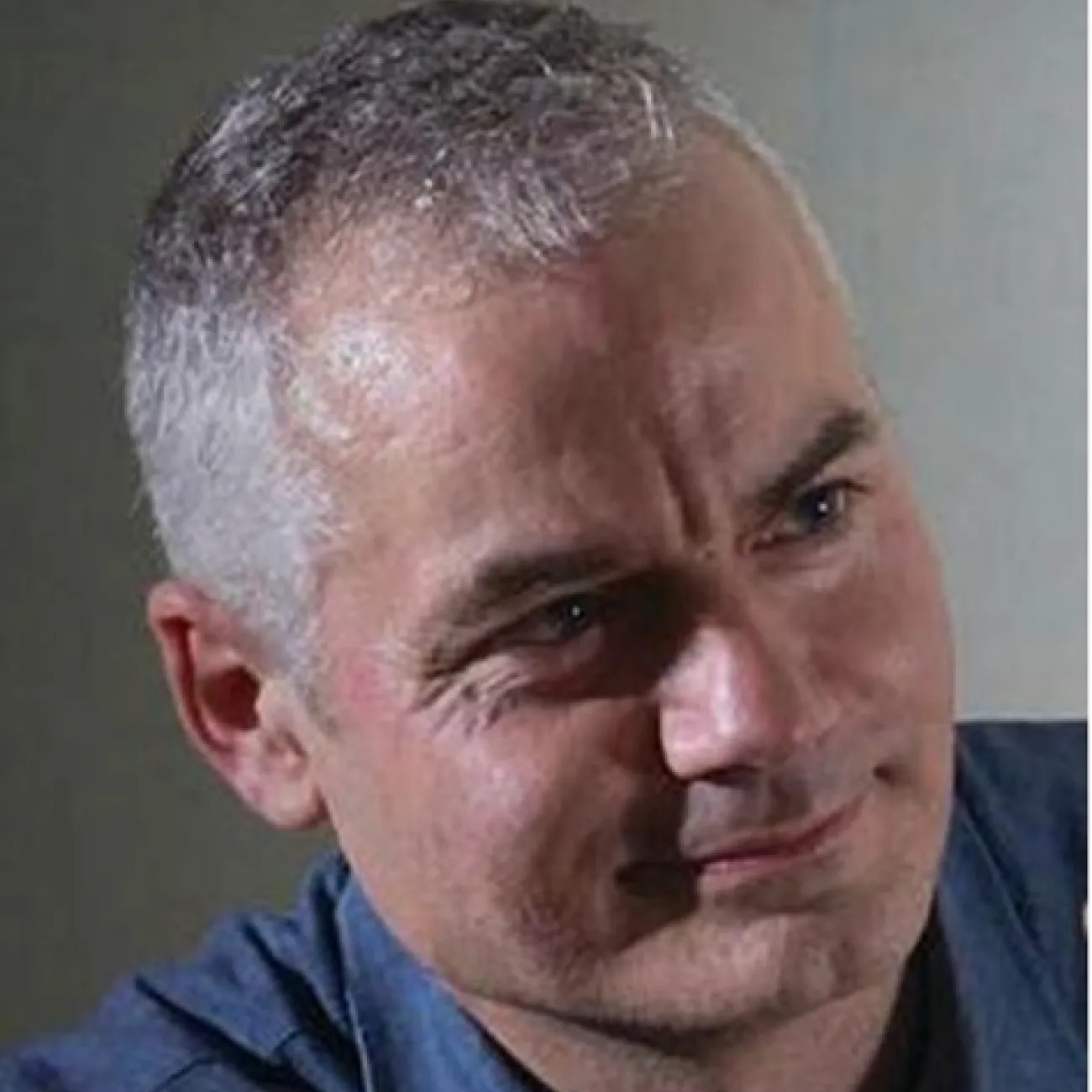About
Ben Lineton is a lecturer in the Hearing and Balance Centre at the Institute of Sound and Vibration Research.
He was originally educated in mechanical, aeronautical, and acoustical engineering at Imperial College in London, at the Swiss Federal Institute in Zurich, and at ISVR in Southampton. He has worked as an engineer in the energy and automotive industries; and as a research scientist at the MRC Institute of Hearing Research. He was awarded a PhD from the University of Southampton in 2001 for work on the generation mechanisms of otoacoustic emissions. Since 2004, he has been a lecturer on the BSc and MSc Audiology programmes, and the BSc Healthcare Science programme at ISVR.
Research
Research groups
Research interests
- Cochlear physiology and pathophysiology
- Improving our understanding of the electro-mechanical aspect of physiology
- Hydrodynamics, structural dynamics, and electrical processes involved in cochlear physiology
- Non-linear mechano-electrical and electro-mechanical transduction processes to aid the development of treatments, or prostheses for hearing impairment
Current research
Much of cochlear physiology and pathophysiology remains poorly understood. For example, how do the 3000 rows of active outer hair cells interact with each other and with other cochlear structures to amplify the waves in the cochlea that allow us to hear? How are the motions of these cochlear structures related to the otoacoustic emissions that we can measure in the ear canal? What role do the efferent nerves play? What are the changes brought about by pathology? The long term research goal is to understand human cochlear physiology in both normal and pathological conditions with a view to aiding the development of improved clinical diagnostic techniques and treatments. One approach to improving our understanding of the electro-mechanical aspect of physiology is to develop realistic models of the cochlea. These should capture the essential hydrodynamics, structural dynamics, and electrical processes involved in cochlear physiology. The non-linear mechano-electrical and electro-mechanical transduction processes are key aspects of the physiology where our understanding remains at a basic level. The ways in which these models may be useful clinically are: to aid the development of treatments, or prostheses for hearing impairment, to improve our ability to interpret clinical results (such as measurements of otoacoustic emissions or electrophysiology), to aid the development of new clinical tests of cochlear function.
Modelling cochlear dynamics
The aim of this project theme is to develop and test models that capture the essential mechanics of the cochlea in humans. The models are constructed using estimates of mechanical properties of cochlear components, and formulations of the governing laws of motion. The model predictions are tested against available measurements of mechanical vibrations of cochlear components, and measurements of OAEs.
Signal processing of otoacoustic emissions (OAEs)
What can the features of the OAE signal reveal about the patient's auditory system? What are the optimal evoking stimuli and signal processing strategies for recording OAEs, in order to minimise the problems of stimulus artefacts and noise, and thus, for example, to maximise sensitivity and specificity for screening?
Cochlear modelling of distortion product otoacoustic emissions
Top-down processes and auditory processing
Are some people suffering as a result of increasing mass exposure of the public to ultrasound in air?
Electro-haptic hearing: Using tactile stimulation to improve cochlear implant listening
Research projects
Completed projects
Publications
Pagination
Teaching
| Title | Module Code | Programme | Role |
| Human Responses to Sound and Vibration | ISVR3061 | Acoustical Engineering / Acoustics with Music | Co-ordinator |
| Hearing Science and Technology | AUDI1013 | Audiology | Co-ordinator |
| Research Methods | AUDI6004 | Audiology | Lecturer |
External roles and responsibilities
Biography
I graduated from Imperial College London in 1986 with a degree in Mechanical Engineering, after which I spent a year as a visiting research student at the Swiss Federal Institute (ETH) in Zurich studying aerodynamics. I then worked as an engineer in the Wind Energy Group for several years, where my interest in noise and hearing developed. I took a year out from industry to study for an MSc in Sound and Vibration at the ISVR in Southampton. After graduating, I returned to industry as a noise control engineer at Rover cars working on the design of the then new Mini.
I became intrigued by the mechanics of hearing and returned to the ISVR to study for a PhD modelling the generation of otoacoustic emissions in the cochlea. After graduating with a PhD in 2001, I worked as a research scientist at the Institute of Hearing Research at the Royal South Hants Hospital investigating novel techniques for measuring otoacoustic emissions. In 2004, I joined the ISVR as a lecturer where I have been teaching on the Audiology and Acoustical Engineering programmes ever since.
My early research interests have been in understanding the hearing system, especially cochlear mechanics and the mechanisms for generating otoacoustic emissions. Following on from this, I am currently developing techniques for measuring hearing function, in particular in hearing high-frequency sound. I have also investigated human responses to very-high frequency sound and ultrasound.
